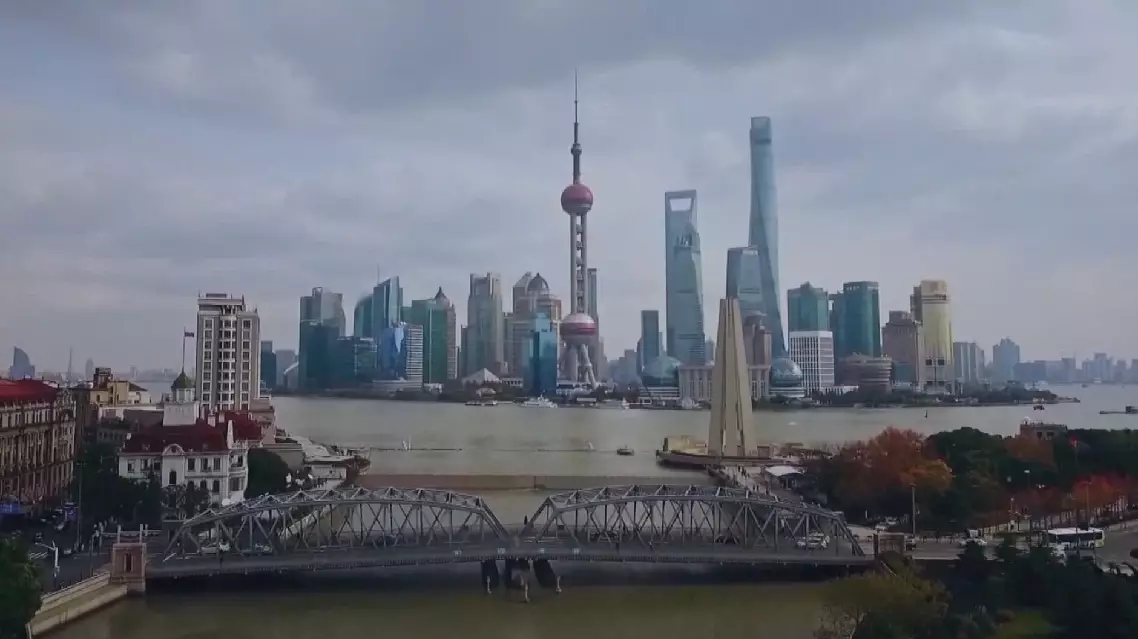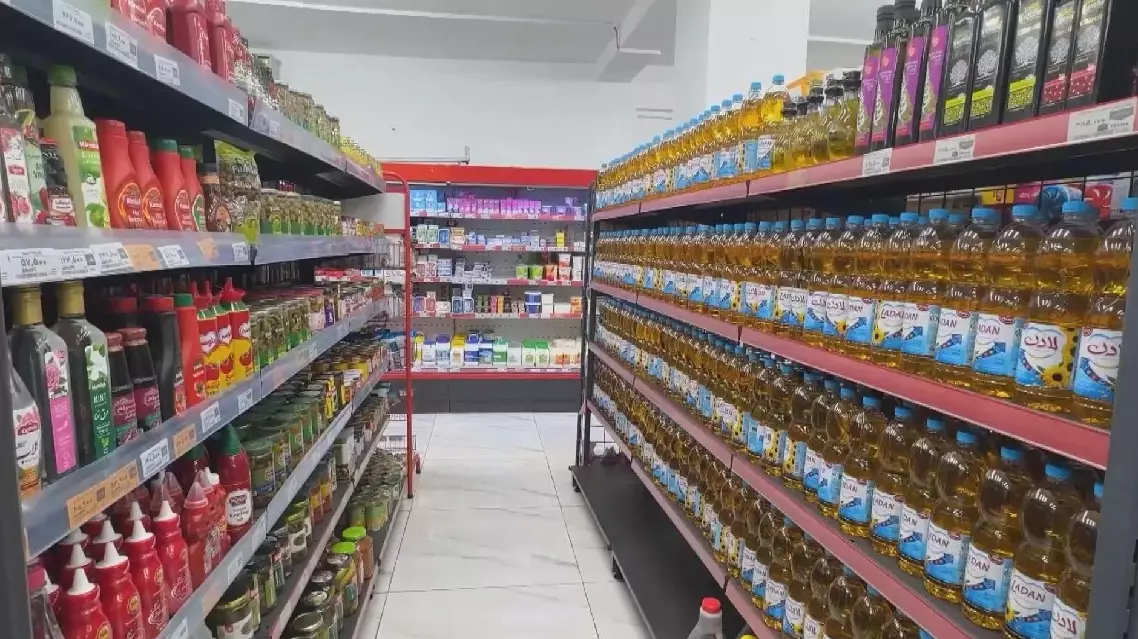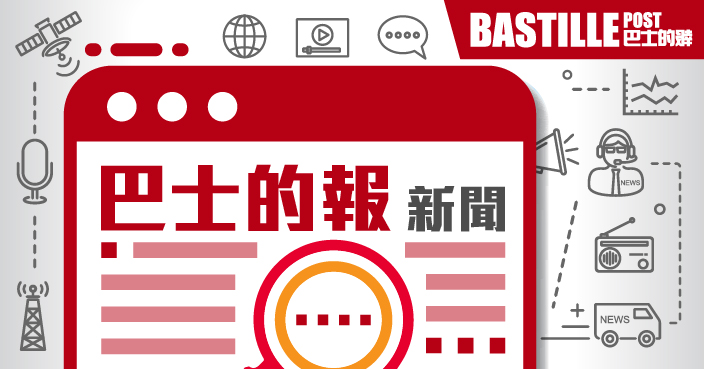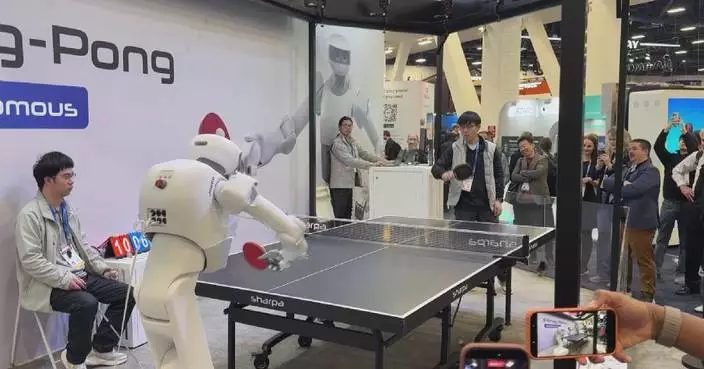The joint statement released on Monday by China and the U.S., following their high-level trade meeting in Geneva last weekend, has sparked cautious optimism among Chinese businesses who say it is a clear sign of progress.
The statement outlined tariff adjustments by both countries aimed at de-escalating the trade tension between the world's two largest economies. This rapid progress has come as a welcome surprise to many.
"[People are] kind of surprised that the negotiation between the United States and China has made progress so fast. Before, we were expecting this talks to go on at least for months, but so far it seems that some very significant results have already been reached. Even though 100 percent of the issues are not necessarily resolved, it's very positive. I think the global economy, global market is going to respond to this very positively," said Hu Jie, a professor at the Shanghai Advanced Institute of Finance at Shanghai Jiao Tong University.
For businesses directly impacted by the tariffs, the new agreement offers a renewed sense of hope. Shanghai-based Vector Optics had previously halted shipments to the United States, one of its key international markets, following the sweeping tariffs.
"With the new agreement placing tariffs at around 10 percent, we can continue to discuss the next steps with our U.S. clients and customers, whether to resume production or wait and see," said Shen Xusheng, founder of Shanghai-based Vector Optics.
He said there was already renewed interest from clients who had previously suspended orders.
Chinese supermarket chains, such as Yonghui Superstores, have played a key role in supporting export-oriented companies seeking to expand their domestic sales channels. Wang Ya, the store manager at Yonghui Superstores Shanghai Tangzhen branch, emphasized the company's commitment to its customers.
"No matter how the trade environment shifts, our top priority is protecting the interests of our customers. We're working closely with export-oriented manufacturers turning to the domestic market and have already engaged in talks with hundreds of suppliers. By optimizing direct sourcing and streamlining logistics, we're ensuring that shoppers continue to enjoy quality goods at competitive prices," said Wang.

Latest China-US joint statement sparks cautious optimism among businesses
The Iranian government is focusing on public concerns and maintaining stable supplies of essential goods amid recent protests, Iranian President Masoud Pezeshkian said in a televised interview on Sunday.
In the city of Karaj, northwest of the capital Tehran, daily life has largely continued as normal. A video filmed by a local resident on Sunday shows food stores open and grocery shelves fully stocked.
"This is the block near my home, and there are some food stores here. Daily life continues here. Last night we did not see many protests in Karaj. Right now the city is very safe. This is a grocery store close to my home. All the food is available; nothing is in shortage. Here are noodles and different types of beans. Here are dairy products, cheese, and yogurt. I also checked other grocery stores and didn't see any shortages. Everything is available," said local resident Ali Reza.
Iranian officials have described recent disturbances as acts orchestrated by the "enemy," including some carried out by well-trained and armed "terrorists." The incidents have caused casualties among security personnel and civilians, as well as property damage.
The Secretary of Iran's Supreme National Security Council Ali Larijani has directed authorities to severely punish the "terrorists."
Meanwhile, Iran's police chief Ahmad-Reza Radan said on Sunday that the police had raised alert levels and arrested several leaders of the troublemakers during the operations on Saturday.
President Pezeshkian noted in the interview that the normal demands of the Iranian people are reasonable and justified, but they must realize that triggering riots and carrying out terrorist acts are the enemy's attempts to undermine the country. He urged the public to remain vigilant.
Also on Sunday, Iranian Parliament Speaker Mohammad Baqer Qalibaf warned that Tehran would regard U.S. and Israeli bases and facilities in the Middle East as "legitimate targets" if Washington takes military action against Iran. His remarks followed media reports saying U.S. President Donald Trump is "seriously considering authorizing a strike" against Iran.
Iranian state media reported that at least 109 members of Iran's security forces have been killed in clashes since the protests began 14 days ago. Meanwhile, human rights groups based outside the country said the number of protesters killed has exceeded 200, though the figure could not be independently verified.
The protests initially erupted over a sharp depreciation of the rial and sweeping subsidy reforms. Iranian authorities have blamed the unrest on foreign-linked agents and sanctions imposed by the United States.

Iranian president says government focusing on ensuring supplies amid protests










